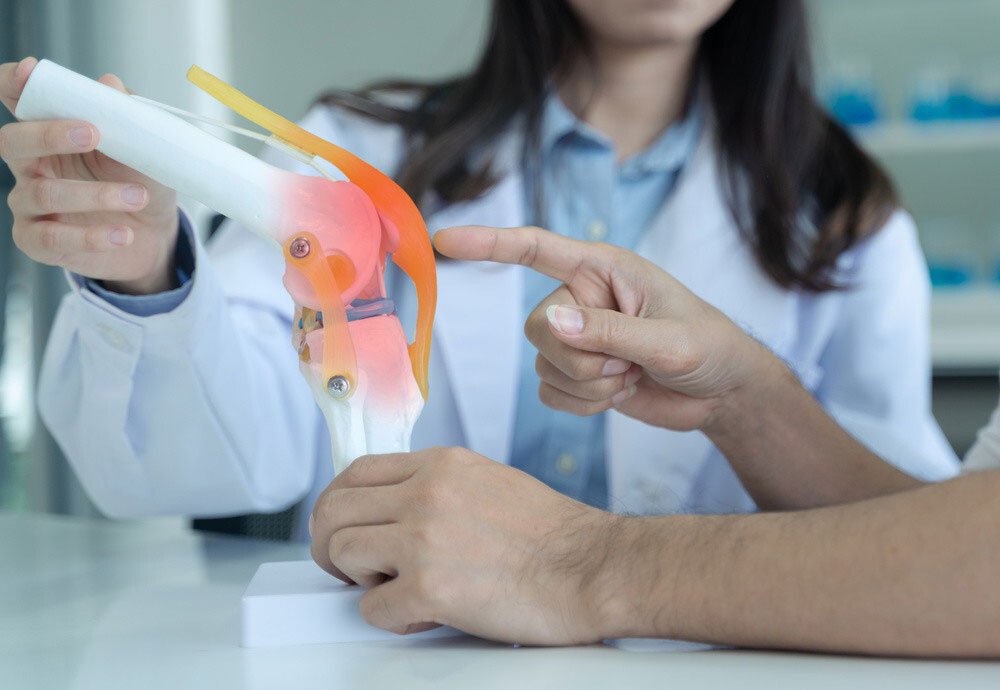Knee replacement surgery can restore mobility and reduce the pain associated with osteoarthritis or other degenerative conditions. Many people are hesitant to undergo knee surgery, even when they are faced with significant impairment as a result of their conditions because they don’t know what to expect. While knee surgery can be painful and it may temporarily reduce mobility, it has a high success rate. Read on to find out what to expect following a knee replacement.
Recovery Time
The average recovery time for knee replacements is six to twelve months, though some people may need longer to recover full function. Scheduling appointments with Brampton physio by Therapia.com following the surgery can expedite the recovery process and help patients avoid reinjuries. It’s important to start physical therapy as soon as possible after the surgery to maximize its beneficial impacts.
Getting Around
Unless there are complications, patients are encouraged to start walking with assistive devices soon after their surgeries. Physical therapists encourage the use of canes, walkers, or crutches, but only for as long as they’re needed. Walking without assistance as soon as it’s safe is a good way to avoid developing a limp. Most people are able to walk normally without assistance within 12 weeks.
Beneficial vs. Risky Forms of Exercise
Once the wound has healed, swimming is an excellent form of exercise for patients recovering from knee surgery. Cycling, light walking, and low-impact activities like golf or ballroom dancing are all good options for mid-term recovery, as well. Patients should avoid jumping, squatting, twisting, or using weights until they get the go-ahead from a doctor or physical therapist. These more vigorous activities may damage the new knee.
Avoid lifting heavy objects, performing difficult household chores, or working labor-intensive jobs during the initial phases of recovery. It can take three months or longer before patients can place serious stress on their knees. When in doubt, ask a doctor or physical therapist and there are special shoes for this.
Managing Pain
Most patients are prescribed pain relief medications immediately following their surgeries. Over-the-counter medications can also be helpful in alleviating pain, but patients should avoid relying on either prescription or OTC pain medications in the long term. Narcotic pain killers can be addictive, and OTC pain medications can cause internal organ damage when taken for prolonged periods.
There are other ways to manage pain. Most experts recommend cold or heat therapy, weight management, safe exercise, and following a healthy diet. Some patients also engage in mind-body techniques like meditation, deep breathing, or positive thinking to reduce the need for pain medication.
Choosing Clothing
Most people prefer to wear loose clothing for the several weeks following their knee surgeries. It’s also relevant to note that the surgery will almost certainly leave some sort of scar. The scar may fade over time, but some people prefer to wear long pants, skirts, or dresses to protect the wound and hide the scar in the earliest phases of their recovery. Once the wound is healed, clothing becomes a matter of preference.
Getting Back to Normal
Within six months to one year of their surgeries, most patients are able to return to their normal work and social activities, including long-distance travel. The most important thing is to exercise patience. Getting back to activities like performing intensive household chores or going to work at a labor-intensive job can take some time, but eventually, the vast majority of patients report experiencing greater levels of mobility and less pain than they had before their knee replacements.



